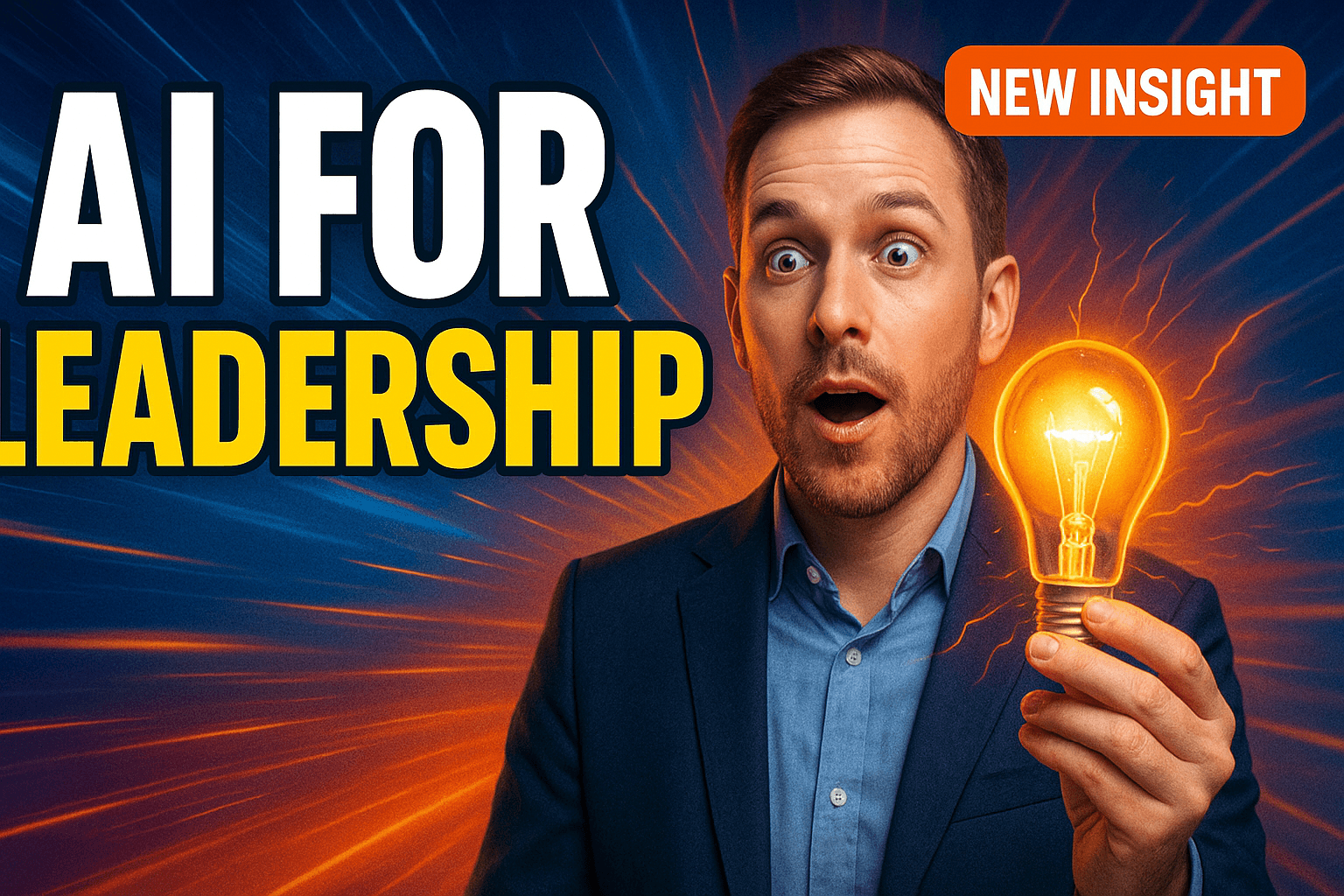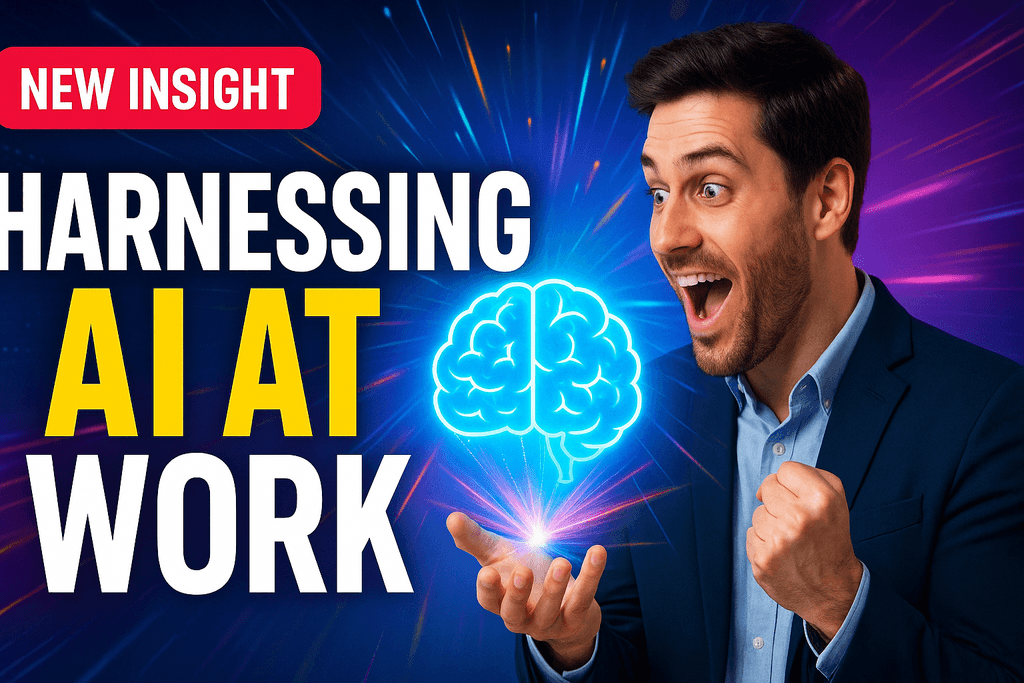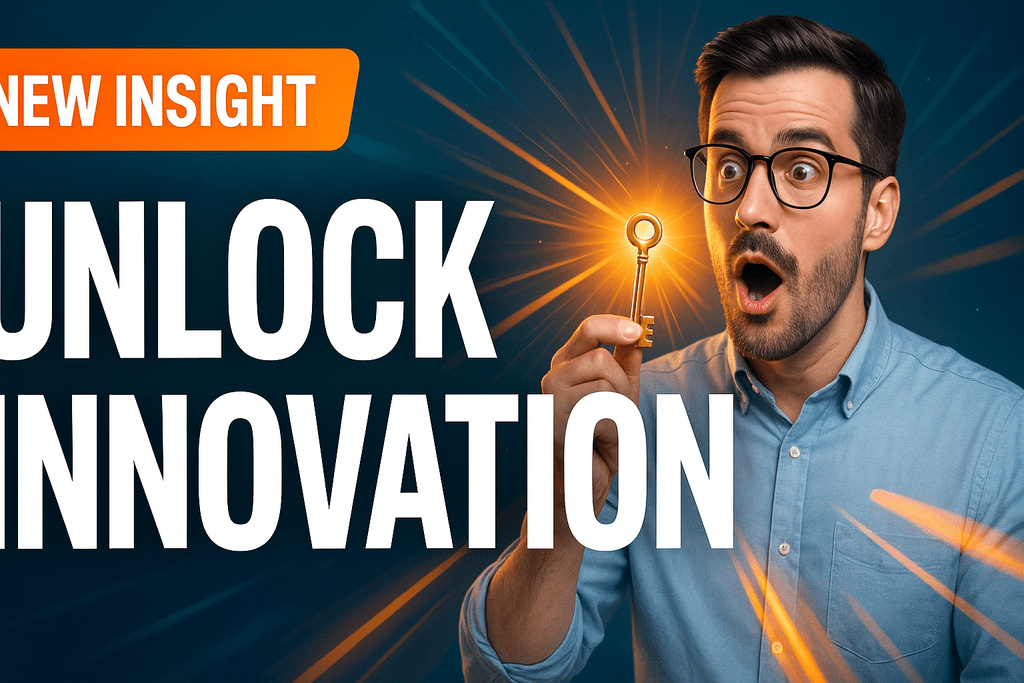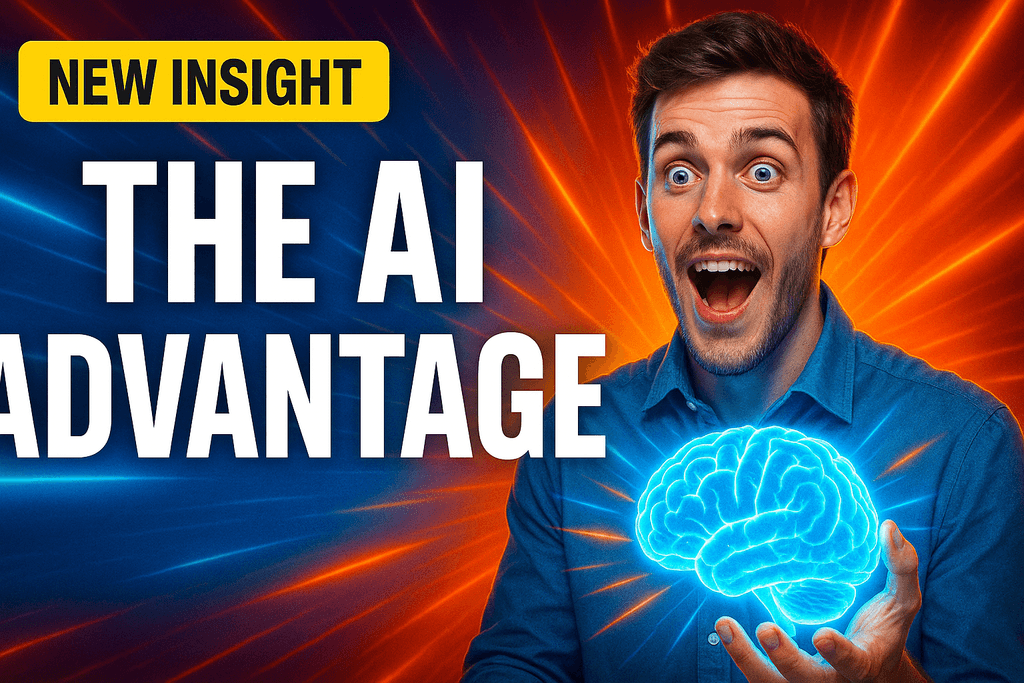
Table of Contents
Introduction: The Critical Need for AI Agent ROI Measurement
In 2025, the artificial intelligence landscape has evolved from experimental implementations to mission-critical business infrastructure. Organizations worldwide are investing billions in AI agents and workflow automation, yet a staggering 73% struggle to quantify the actual return on investment from their AI initiatives. This measurement gap represents one of the most significant barriers to AI adoption and scaling in enterprise environments.
The challenge extends beyond simple cost-benefit analysis. Modern AI agents – from ambient automation systems to intelligent workflow orchestrators – generate value across multiple dimensions: time savings, error reduction, scalability improvements, and strategic capability enhancement. Traditional ROI calculation methods, designed for tangible assets and linear processes, fall short when applied to the dynamic, adaptive nature of agentic automation systems.
For decision-makers evaluating AI investments, this creates a critical dilemma: how do you justify significant technology investments when the value creation mechanisms are complex, multifaceted, and often indirect? The answer lies in developing sophisticated measurement frameworks that capture both quantitative metrics and qualitative transformations that AI agents deliver to modern organizations.
Understanding AI Agent Value Creation Mechanisms
AI agents create business value through four primary mechanisms that traditional ROI models often overlook. Understanding these value creation pathways is essential for developing accurate measurement frameworks and realistic investment expectations.
Direct Labor Substitution: The most measurable form of AI agent value comes from direct replacement of human tasks. Ambient agents processing emails, chat-based agents handling customer inquiries, and document generation agents creating reports represent clear labor cost reductions. Organizations typically see 40-60% efficiency gains in automated processes within the first six months of implementation.
Process Acceleration and Quality Enhancement: AI agents don't just replace human work – they often perform tasks faster and with higher consistency than human counterparts. Research agents can process vast data sets in minutes rather than hours, while quality assurance agents maintain 99.7% accuracy rates compared to 85-90% human accuracy in repetitive tasks.
Scalability and Capacity Expansion: Perhaps the most significant but hardest to quantify benefit is the ability to scale operations without proportional increases in headcount. AI agents enable organizations to handle 10x workload increases with minimal additional infrastructure investment, creating exponential value during growth phases.
Strategic Capability Development: Advanced AI implementations create entirely new business capabilities – 24/7 customer service, real-time market analysis, predictive maintenance, and personalized customer experiences at scale. These capabilities often represent competitive advantages that translate to market share gains and revenue growth opportunities.
Comprehensive ROI Calculation Framework for AI Agents
Calculating AI agent ROI requires a multi-dimensional approach that captures both immediate cost savings and long-term value creation. The framework below provides a systematic methodology for measuring and maximizing AI automation investments.
Direct Cost Savings Calculation:
- Labor Cost Reduction: (Hours saved per week × Average hourly rate × 52 weeks) - AI agent operational costs
- Error Reduction Value: (Error rate reduction % × Cost per error × Volume processed annually)
- Processing Speed Gains: (Time reduction % × Opportunity cost of delays × Annual transaction volume)
Productivity Multiplier Assessment:
- Capacity Expansion: Additional workload handled without new hires × Average employee total cost
- Quality Consistency: Reduced rework costs + Improved customer satisfaction scores
- 24/7 Availability: After-hours processing value + Reduced response time benefits
Strategic Value Quantification:
- Competitive Advantage: Market share protection/growth attributable to AI capabilities
- Innovation Acceleration: Time-to-market improvements × Revenue impact per day
- Risk Mitigation: Compliance improvements + Reduced security incident costs
Implementation Cost Considerations:
- Platform licensing and subscription fees
- Integration and customization development
- Training and change management
- Ongoing maintenance and optimization
Organizations using this comprehensive framework typically identify 300-500% ROI within 12-18 months, with payback periods averaging 4-8 months for well-implemented AI agent systems.
Industry Benchmarks and Performance Metrics
Understanding industry-specific performance benchmarks is crucial for setting realistic expectations and measuring AI agent success against peer organizations. The following data represents aggregated performance metrics from over 500 enterprise AI implementations across various sectors.
Financial Services Sector:
- Document processing automation: 85% time reduction, 99.2% accuracy improvement
- Customer inquiry handling: 70% reduction in response time, 45% cost savings
- Compliance monitoring: 90% faster regulatory reporting, 60% reduction in compliance violations
- Average ROI: 420% within 18 months
Healthcare and Life Sciences:
- Patient data management: 65% administrative time savings, 95% data accuracy improvement
- Clinical documentation: 50% faster report generation, 30% reduction in documentation errors
- Research automation: 80% acceleration in literature reviews, 40% faster hypothesis generation
- Average ROI: 380% within 24 months
Manufacturing and Supply Chain:
- Quality assurance processes: 75% inspection time reduction, 99.5% defect detection accuracy
- Inventory management: 60% reduction in stockouts, 35% decrease in carrying costs
- Predictive maintenance: 50% reduction in unplanned downtime, 40% maintenance cost savings
- Average ROI: 450% within 15 months
Professional Services:
- Client communication automation: 55% response time improvement, 40% capacity increase
- Document generation: 70% faster proposal creation, 90% consistency improvement
- Research and analysis: 80% time savings, 3x throughput increase
- Average ROI: 350% within 12 months
Key Performance Indicators (KPIs) to Track:
- Efficiency Metrics: Task completion time, throughput volume, error rates
- Quality Metrics: Accuracy scores, consistency measures, customer satisfaction
- Financial Metrics: Cost per transaction, labor cost reduction, revenue per employee
- Strategic Metrics: Process automation percentage, scalability index, innovation velocity
Orbitype Case Study: Real-World ROI Achievement
To demonstrate practical ROI calculation and achievement, we examine a comprehensive case study from Webentertainer, a digital agency that implemented Orbitype's AI agent automation platform to transform their operational efficiency and client service delivery.
Implementation Overview:
Webentertainer deployed multiple AI agents across their workflow ecosystem, including automated client communication, project management, content generation, and quality assurance processes. The implementation leveraged Orbitype's Agentic Cloud OS to create seamless human-AI collaboration workflows.
Quantified Results After 12 Months:
- Labor Cost Reduction: $78,000 annually through automated client communication and project management
- Efficiency Gains: 400% improvement in project completion speed
- Quality Improvements: 95% reduction in client revision requests due to AI-powered quality assurance
- Capacity Expansion: Ability to handle 3x more clients without additional staff
- Revenue Growth: 250% increase in annual revenue due to improved capacity and service quality
ROI Calculation Breakdown:
- Total Investment: $24,000 (platform costs + implementation + training)
- Annual Savings: $78,000 (direct labor) + $45,000 (quality improvements) + $32,000 (efficiency gains) = $155,000
- ROI: (($155,000 - $24,000) / $24,000) × 100 = 546% first-year ROI
- Payback Period: 1.8 months
Strategic Value Creation:
Beyond quantifiable savings, Webentertainer achieved significant strategic advantages including enhanced client satisfaction scores (from 7.2 to 9.1 out of 10), reduced employee burnout through automation of repetitive tasks, and the ability to take on more complex, higher-value projects due to operational efficiency gains.
This case study demonstrates how systematic AI automation implementation can deliver exceptional ROI while simultaneously improving service quality and employee satisfaction.
ROI Optimization Strategies and Best Practices
Maximizing AI agent ROI requires strategic implementation approaches that go beyond initial deployment. Organizations achieving the highest returns follow systematic optimization methodologies that continuously improve performance and expand value creation opportunities.
Phase-Based Implementation Strategy:
Phase 1: Quick Wins (Months 1-3): Focus on high-volume, low-complexity tasks with immediate measurable impact. Deploy email automation, basic customer service chatbots, and document processing agents. Target 150-200% ROI in this phase through direct labor substitution.
Phase 2: Process Integration (Months 4-8): Implement cross-functional AI agents that connect multiple business processes. Deploy workflow orchestration, advanced analytics agents, and integrated CRM automation. Target 300-400% cumulative ROI through efficiency multipliers.
Phase 3: Strategic Transformation (Months 9-18): Launch sophisticated AI ecosystems that create new business capabilities. Implement predictive analytics, autonomous decision-making agents, and customer experience personalization. Target 500%+ ROI through competitive advantage creation.
Continuous Optimization Techniques:
- Performance Monitoring: Implement real-time dashboards tracking efficiency metrics, cost savings, and quality improvements across all AI agents
- Iterative Refinement: Regular model retraining, workflow optimization, and integration enhancements based on performance data
- Scope Expansion: Systematic identification of new automation opportunities as organizational AI maturity increases
- Human-AI Collaboration Enhancement: Continuous improvement of handoff processes, approval workflows, and exception handling
Common ROI Optimization Pitfalls to Avoid:
- Over-automating complex processes before establishing foundational capabilities
- Neglecting change management and user adoption initiatives
- Focusing solely on cost reduction rather than value creation opportunities
- Inadequate measurement and monitoring systems for ongoing optimization
- Underestimating integration complexity and ongoing maintenance requirements
Organizations following these optimization strategies typically achieve 40-60% higher ROI compared to basic implementations, with sustained value creation extending well beyond the initial deployment period.
Interactive ROI Calculator and Implementation Roadmap
To support practical ROI planning and investment decision-making, we provide a systematic approach for calculating potential AI agent returns and developing implementation timelines tailored to organizational needs and capabilities.
ROI Calculator Framework:
Step 1: Current State Assessment
- Document current process costs: labor hours, error rates, processing times
- Identify automation candidates: repetitive tasks, high-volume processes, error-prone activities
- Quantify opportunity costs: delays, bottlenecks, capacity constraints
- Assess baseline quality metrics: accuracy rates, consistency scores, customer satisfaction
Step 2: AI Agent Value Projection
- Efficiency gains: 40-80% time reduction for automated processes
- Quality improvements: 95-99% accuracy for rule-based tasks
- Capacity expansion: 200-500% throughput increase without additional staff
- Cost avoidance: Reduced hiring needs, training costs, and error remediation
Step 3: Implementation Cost Estimation
- Platform licensing: $200-2000 per month depending on scale and features
- Integration development: $5,000-25,000 for complex enterprise integrations
- Training and change management: $2,000-10,000 for team onboarding
- Ongoing optimization: 10-15% of annual platform costs for continuous improvement
Implementation Roadmap Template:
Month 1-2: Foundation Phase
- Platform setup and basic integrations
- Team training and workflow documentation
- First automation deployment (email processing or document generation)
- Expected ROI: 50-100%
Month 3-6: Expansion Phase
- Multi-agent workflow implementation
- Advanced integrations with existing systems
- Performance monitoring and optimization
- Expected cumulative ROI: 200-350%
Month 7-12: Optimization Phase
- Strategic capability development
- Cross-departmental automation
- Advanced analytics and reporting
- Expected cumulative ROI: 400-600%
Organizations can use this framework to develop customized ROI projections and implementation plans that align with their specific business objectives, technical capabilities, and investment parameters.
Future-Proofing Your AI Investment Strategy
As AI technology continues evolving rapidly, organizations must develop investment strategies that remain viable and valuable across technological shifts and market changes. Future-proofing AI agent investments requires understanding emerging trends, architectural considerations, and strategic positioning for long-term success.
Emerging Technology Trends Impacting ROI:
- Multi-Modal AI Agents: Next-generation agents combining text, voice, image, and video processing capabilities will create new automation opportunities and value streams
- Autonomous Agent Ecosystems: Self-coordinating agent networks that dynamically allocate tasks and resources will multiply efficiency gains exponentially
- Industry-Specific AI Models: Specialized agents trained on sector-specific data will deliver higher accuracy and more relevant outputs, increasing ROI potential
- Edge AI Integration: Local processing capabilities will reduce latency and costs while improving privacy and compliance adherence
Strategic Investment Principles:
Platform Agnostic Approach: Invest in solutions that support multiple AI models and providers, avoiding vendor lock-in and ensuring adaptability to technological advances. Orbitype's open architecture exemplifies this approach, supporting various AI providers and custom model integration.
Scalable Infrastructure: Choose platforms that can grow with your organization and adapt to changing requirements without requiring complete reimplementation. Focus on solutions that offer modular expansion and flexible resource allocation.
Data-Centric Strategy: Prioritize investments that improve data quality, accessibility, and governance, as these foundational elements determine AI agent effectiveness regardless of underlying technology changes.
Long-Term ROI Considerations:
- Competitive Moat Development: AI implementations that create unique competitive advantages will deliver sustained value even as technology commoditizes
- Organizational Learning: Investments in AI literacy and change management capabilities will compound returns as new opportunities emerge
- Ecosystem Integration: Solutions that seamlessly integrate with existing and future business systems will maintain relevance through technological transitions
Organizations following these future-proofing principles typically see sustained ROI growth of 20-30% annually, with investment value increasing rather than depreciating over time as AI capabilities expand and mature.
Sources and Resources
Primary Research Sources:
- Orbitype Internal Knowledge Base - AI Agent Implementation Data and Case Studies
- Webentertainer Case Study - Real-world ROI Achievement Documentation
- Enterprise AI Adoption Survey 2024 - 500+ Organization Performance Benchmarks
- Industry-Specific AI Implementation Research - Financial Services, Healthcare, Manufacturing, Professional Services Sectors
Technical Documentation:
- AI Agent Use Cases 2025: Maximizing Enterprise Efficiency
- The AI Agent Revolution - Comprehensive Implementation Guide
- Orbitype Platform Documentation - Agentic Cloud OS Architecture and Capabilities
Additional Resources:
- ROI Calculation Templates and Frameworks
- Implementation Roadmap Templates
- Performance Benchmarking Tools
- Change Management Best Practices for AI Adoption
- Vendor Evaluation Criteria for AI Agent Platforms
Expert Consultation:
For personalized ROI analysis and implementation planning, organizations can access expert consultation through Orbitype's professional services team, which provides customized assessment, deployment planning, and ongoing optimization support.





















.png&w=1024&q=80)

